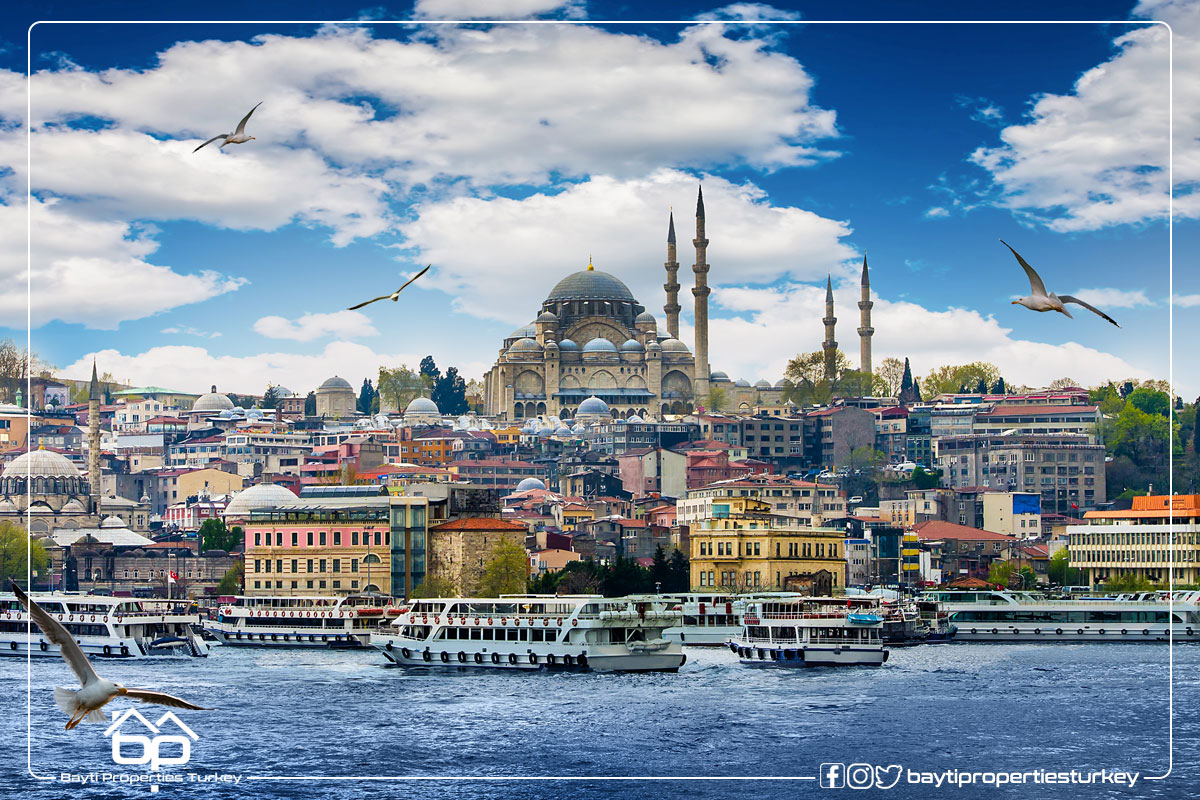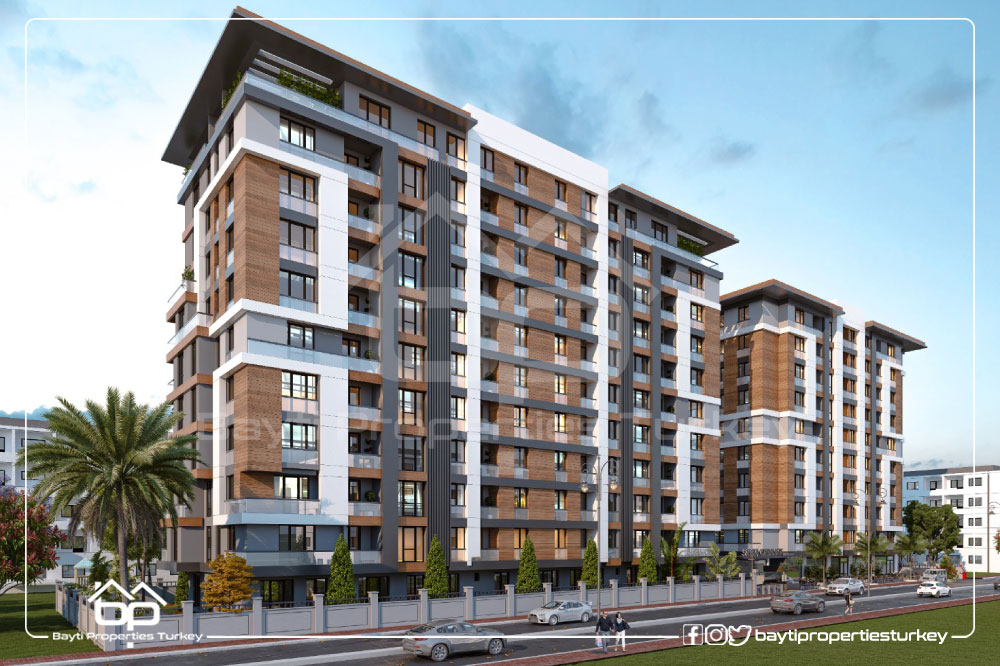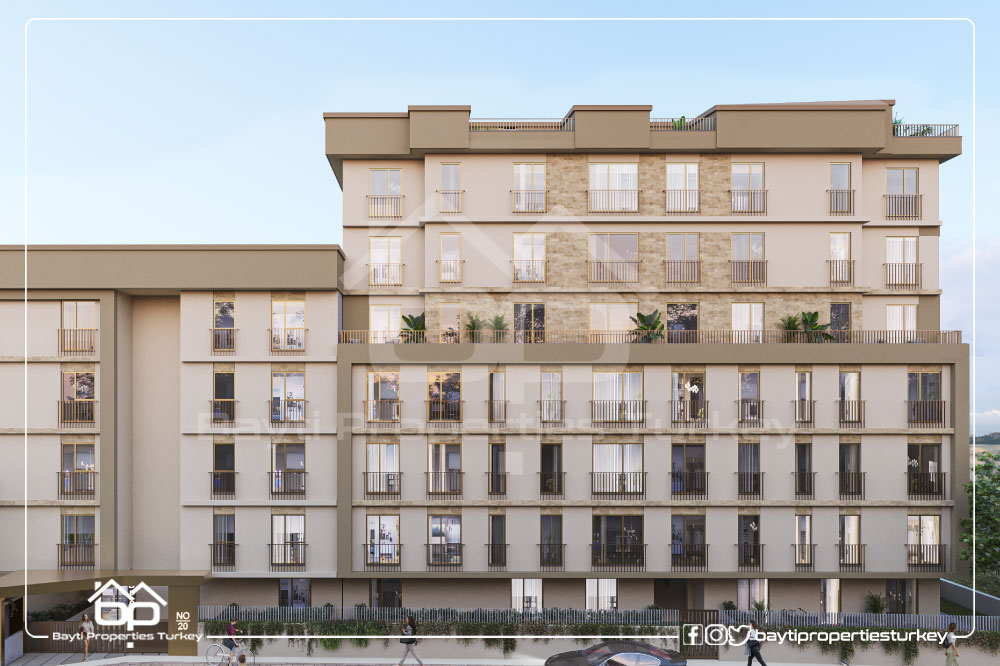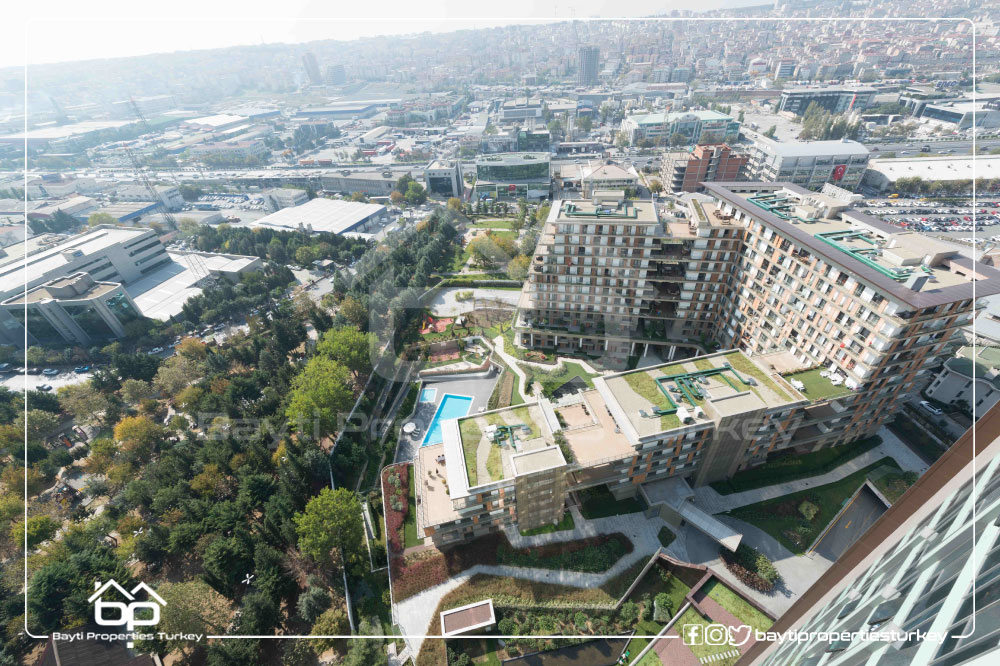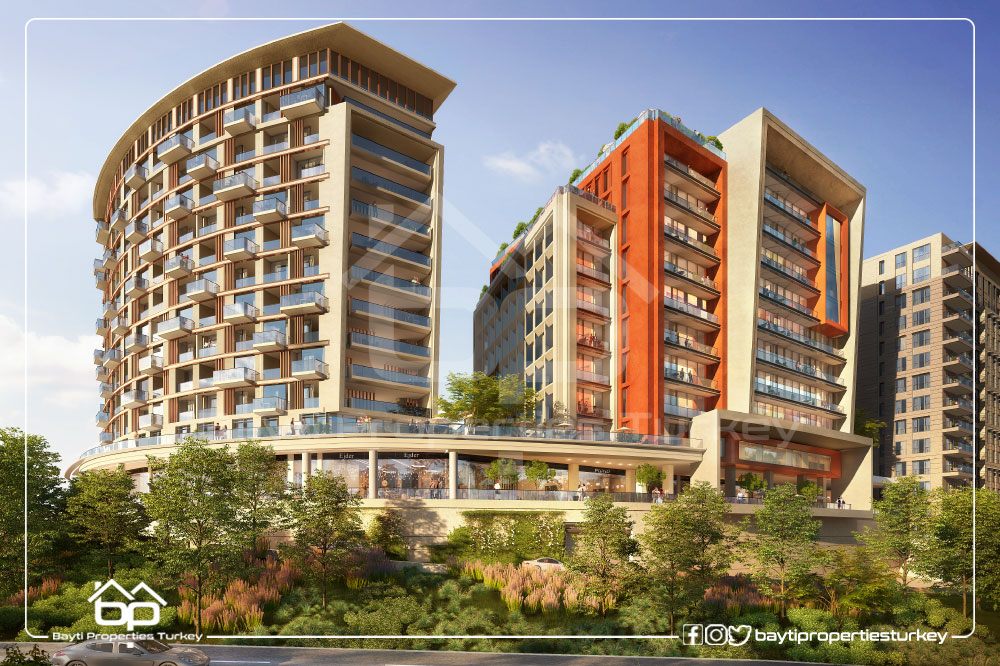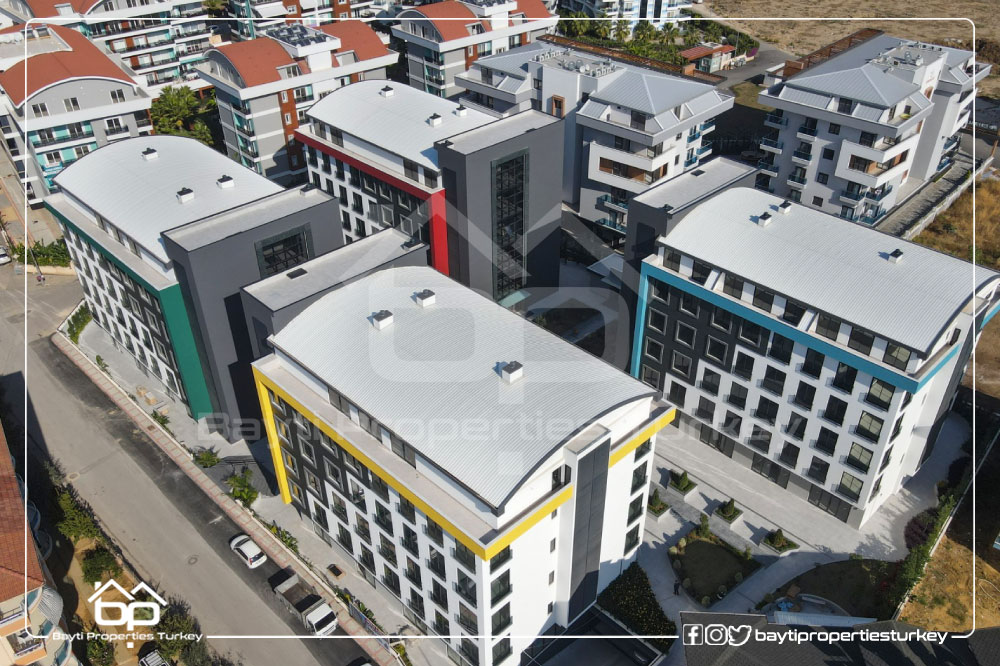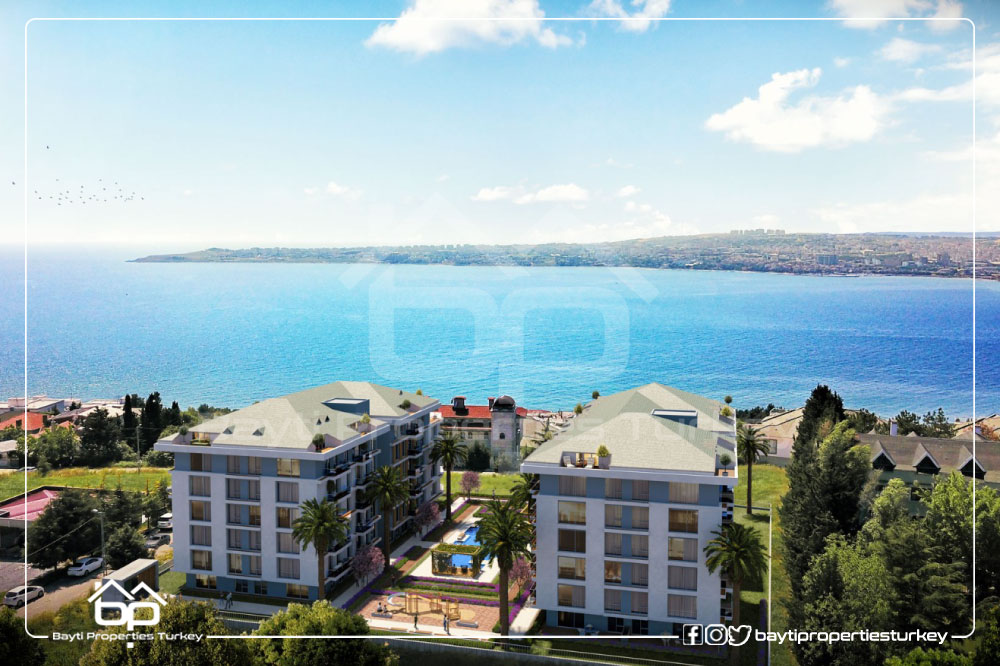Get to know the city of Istanbul
Istanbul is one of the Turkish cities that was founded by the Greeks in 660 BC, and was the capital of many empires such as the Roman, Byzantine, Latin, and Ottoman Empires. It was also known in the past by several names such as Constantinople, Byzantium, New Rome, Augusta Antonia and Islampol, Happiness and Astana, and its titles include the city of the seven hills, the city of minarets, and the new city of Rome.
The city is divided administratively into thirty-nine districts, and its districts: Maslak, Bayrampaşa, Başakşehir, Çatlıca, Silivri, Uskudar, Şişli, Nahas Village, Besiktas, Beylikduzu, Zeytinburnu, Sultan Gazi, Umraniye, Gazi Osman Pasha, and Al-Fateh, Melteba, Avcilar, Eyup, Sultanbeyli, and Esenyurt.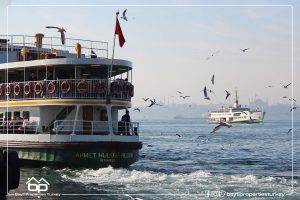
It ranks first among Turkish cities in terms of area, with a land area of 1,830.92 km2. It is geographically located on the western side of the Marmara region in the Turkish Republic, and the city is located on two continents due to the passage of the Bosphorus Strait in it, which divided it into two parts.
It is located astronomically at latitude 41.01667 degrees north of the equator, and longitude 28.96667 degrees east of Greenwich.
Its climate is characterized as a transitional climate between the oceanic climate region, the humid continental climate region, and the Mediterranean climate region.
The city of Istanbul, according to the statistics of 2018 AD, has a population of 15,067,724 people,
The population density reached 2.836 people per km2, and its residents speak the Turkish language, and the majority of them follow the Islamic religion, and a minority follow the Christian religion, and the Jewish religion.
Istanbul’s economy depends largely on the agriculture, industry and tourism sectors
The agricultural sector includes fruits, olive oil, cotton and tobacco.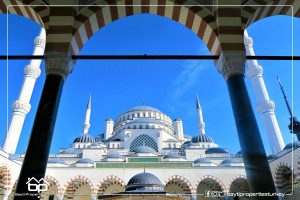
The industrial sector is one of its most prominent industries, including textiles, rubber, leather clothing, electronics, oil derivatives, paper and its products, glass, pharmaceuticals, alcoholic beverages, mineral commodities, chemical products, and food industries.
As for the tourism sector, Istanbul contains many historical, touristic, religious and archaeological monuments, such as the Church of Saints Sergon and Bacchus, Rumeli Hisar Castle, Animas Prisons, Constantine Column, Chora Museum, Sultan Ahmed Mosque, the Maiden’s Tower, the Great Covered Market, and Sultan Mehmet Fatih Bridge. Dolmabahce Palace, Topkapi Palace, Golden Gate, Great Palace of Constantinople, and Hagia Sophia Museum.
The Islamic conquest of Istanbul
The city was besieged from 674 AD until 678 AD for the first time by Muslims, during the rule of the Umayyad Caliph Muawiyah bin Abi Sufyan, but the siege failed, and then the Muslims returned to it in 717 AD and besieged it until 718 AD during the reign of Caliph Suleiman bin Abd The king, but he failed again because of its impregnable walls, and in 1204 AD the Crusaders invaded the city and killed its residents, destroyed and looted it, and in 1453 AD the Ottoman Muslims took control of it after its conquest by the leader Muhammad II.

